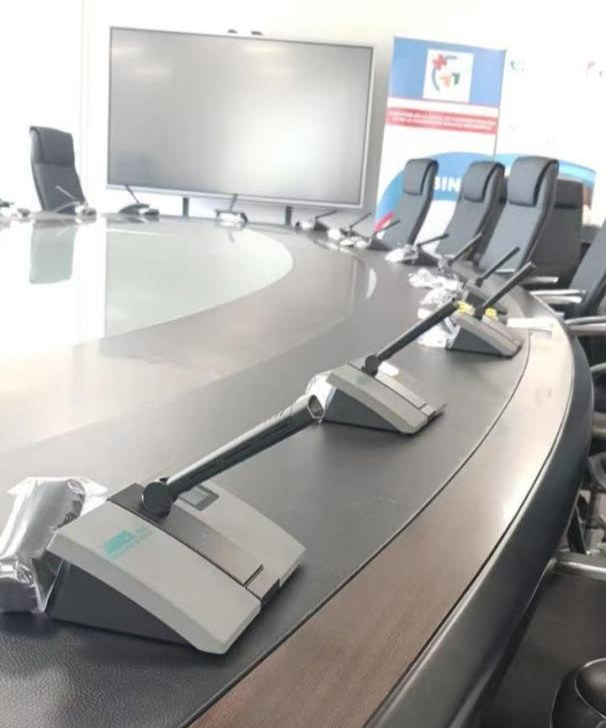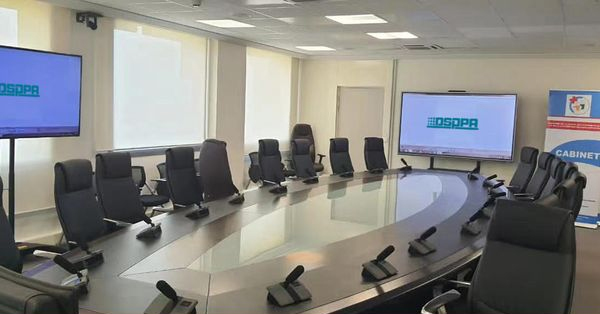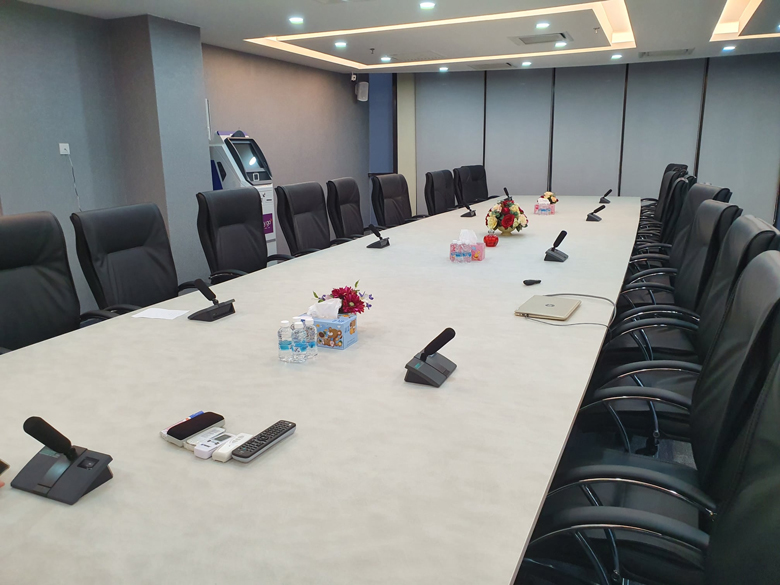
In modern meetings, the application of wireless mic for meeting room is increasingly common, providing great convenience to speakers and attendees. However, when selecting and using wireless mic for meeting rooms, it is particularly important to understand their pros and cons. This article will delve into the advantages and potential issues of wireless mic for meeting rooms to help users make informed choices.

As a leading conference system manufacturer, we know that wireless mic for meeting rooms' biggest advantage is mobility. Compared to traditional wired microphones, wireless mic for meeting rooms allow speakers to move freely without being restricted by cables. This flexibility is especially suitable for interactive occasions such as lectures, presentations, and interactive training. The compact design of wireless headset and clip-on microphones can be securely fixed to the ear or clothing, freeing the hands and allowing the speaker to focus more on the content and interaction with the audience.
Moreover, wireless mic for meeting rooms are very suitable for venues that frequently change layouts. Whether reorganizing the conference room or conducting different types of events, wireless mic for meeting rooms can be quickly reconfigured, providing users with great flexibility. This convenience makes wireless microphones indispensable in multifunctional conference rooms.
Although wireless mic for meeting rooms have numerous advantages, there are some drawbacks that cannot be ignored. Firstly, the signal is prone to interference. This is mainly due to system incompatibility and external signal source interference. When the multiple wireless microphone system for conference room is operating simultaneously, intermodulation distortion (IMD) may occur, resulting in signal loss or degraded sound quality. Therefore, when choosing wireless mic for meeting rooms, it is essential to ensure frequency compatibility between systems to avoid mutual interference between different devices.

Additionally, external signal interference is also a significant issue. Wireless mic for meeting rooms may be disturbed by other wireless devices, such as LED screens or intercom systems. To minimize interference, an antenna distributor can be used to ensure appropriate distances between receivers, reducing mutual influence.

Another crucial drawback is the signal security issue. Regardless of which frequency band is used, such as V-band, U-band, wireless microphone 2.4 g, or 5G, the security of data transmission is always at risk. If the transmission process of the wireless microphone is not encrypted, hackers may intercept the audio data, leading to leaks of personal privacy or business secrets. Therefore, it is recommended to avoid using any wireless devices, including wireless mic for meeting rooms, in meetings requiring confidentiality.
When considering the use of wireless mic for meeting rooms, users need to thoroughly assess their safety, especially in contexts involving sensitive information. Choosing devices with encryption capabilities can effectively reduce the risk of data leaks.